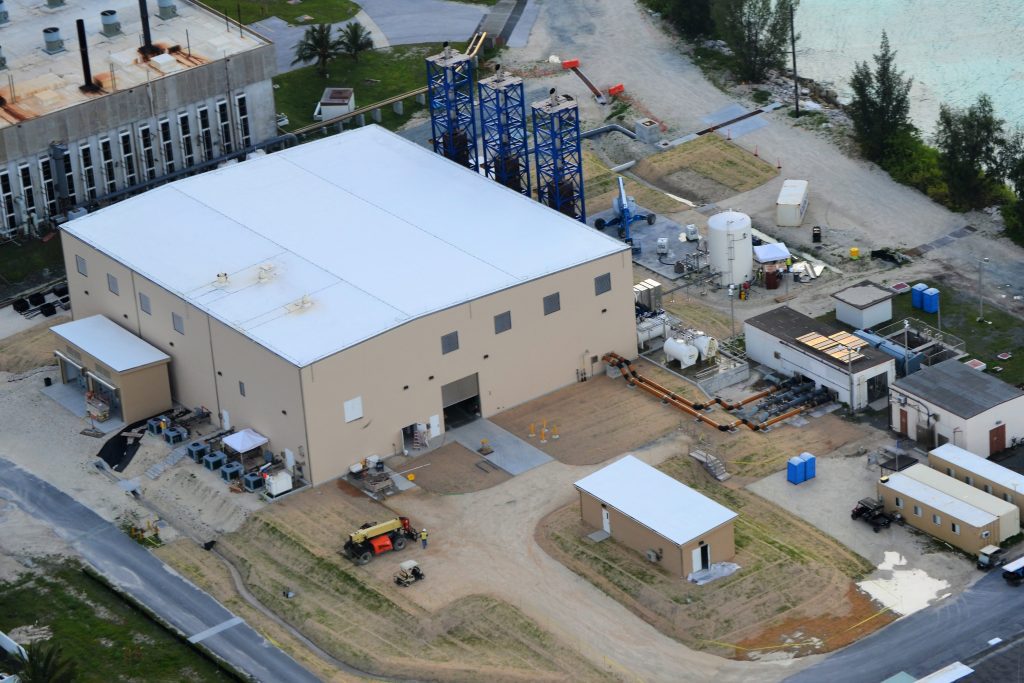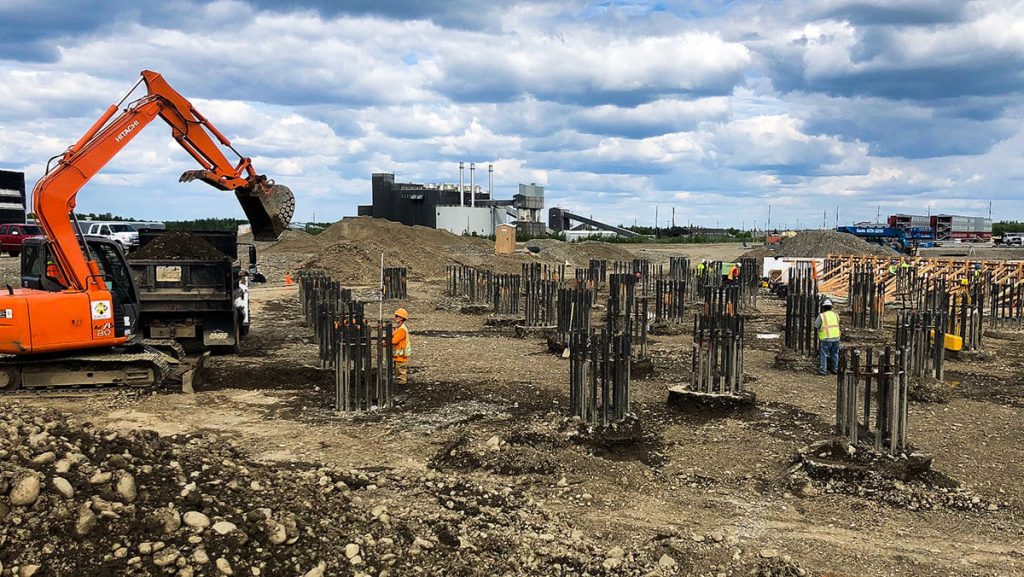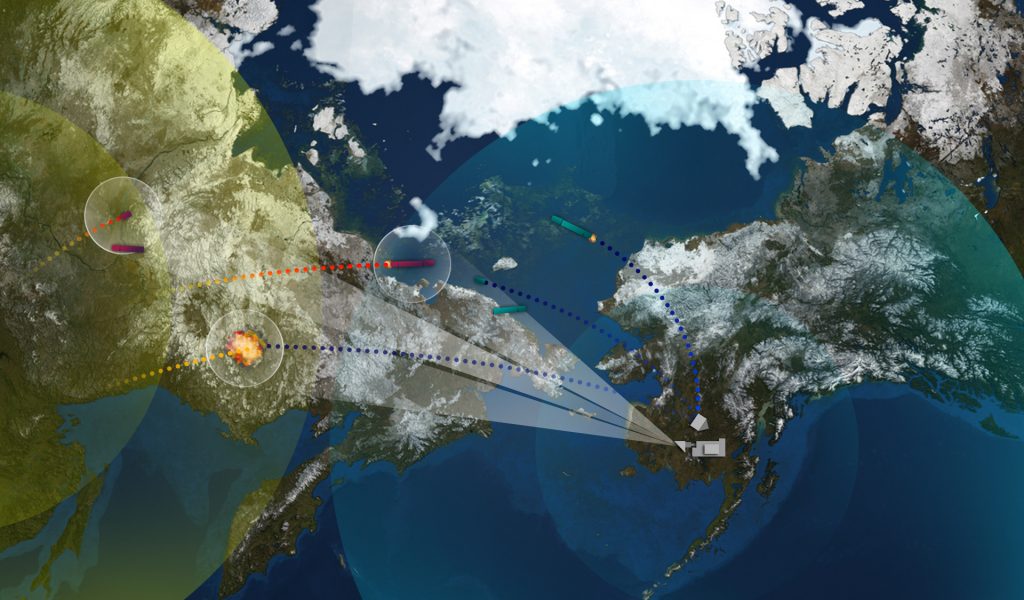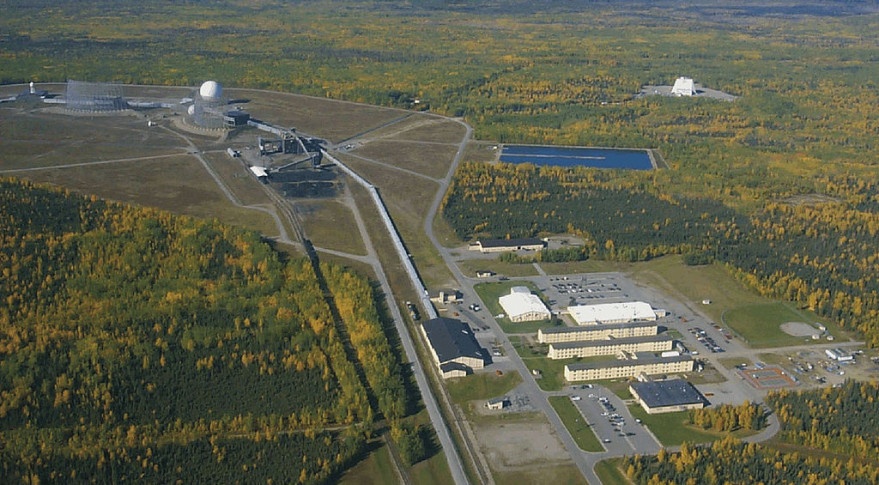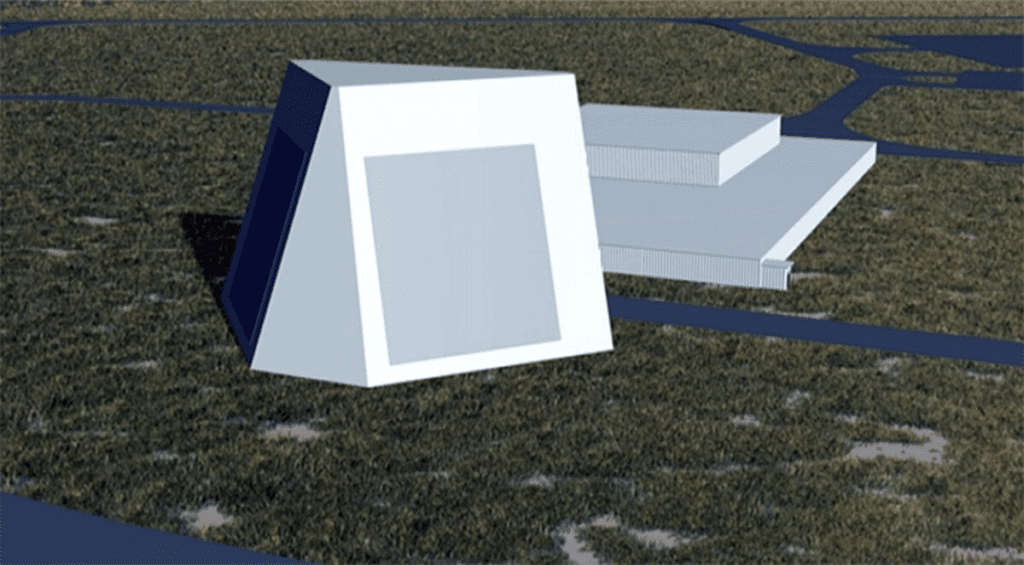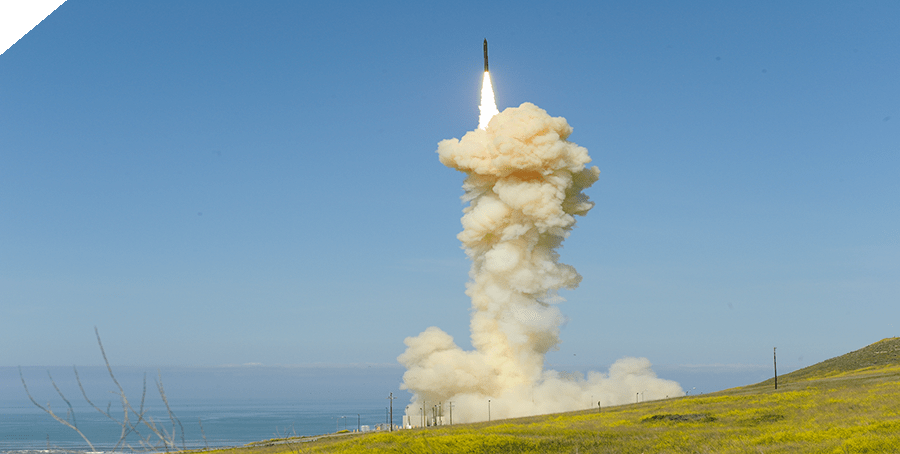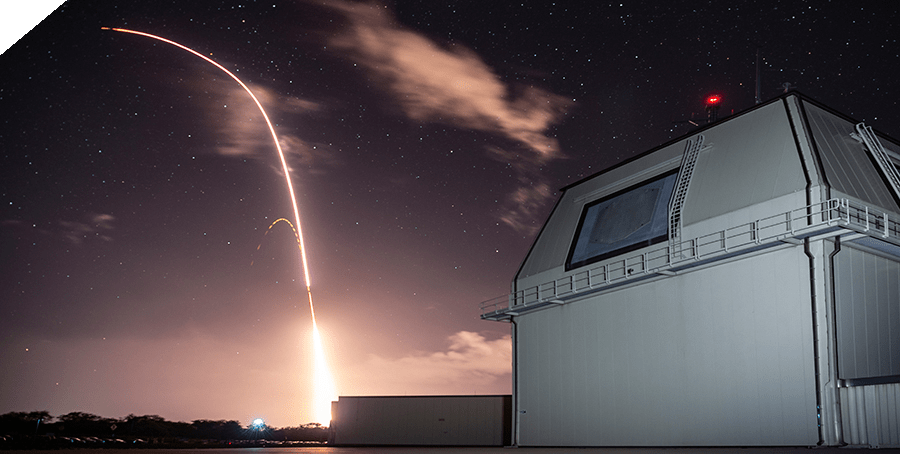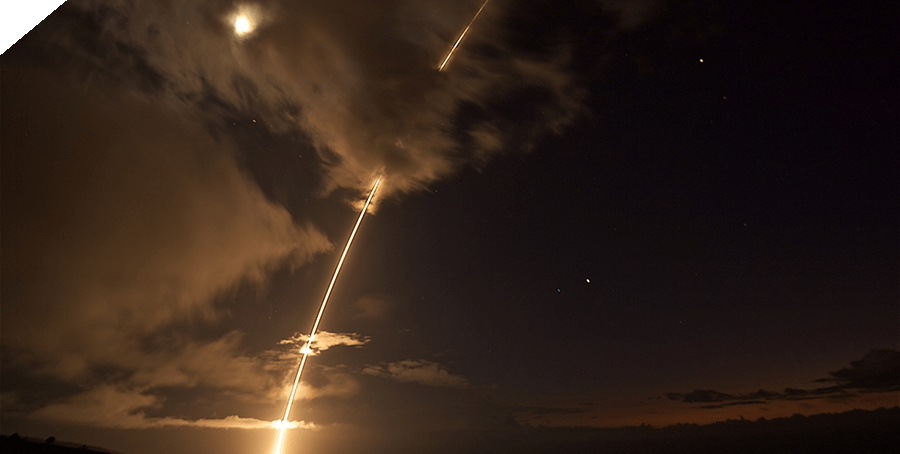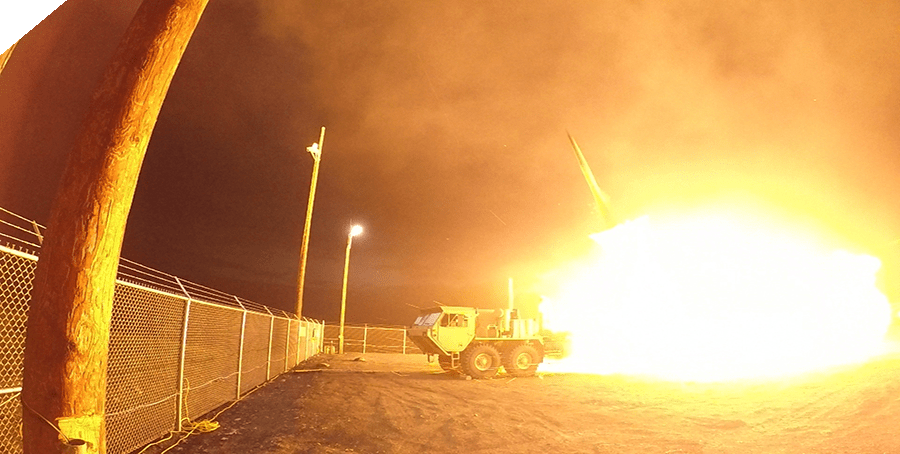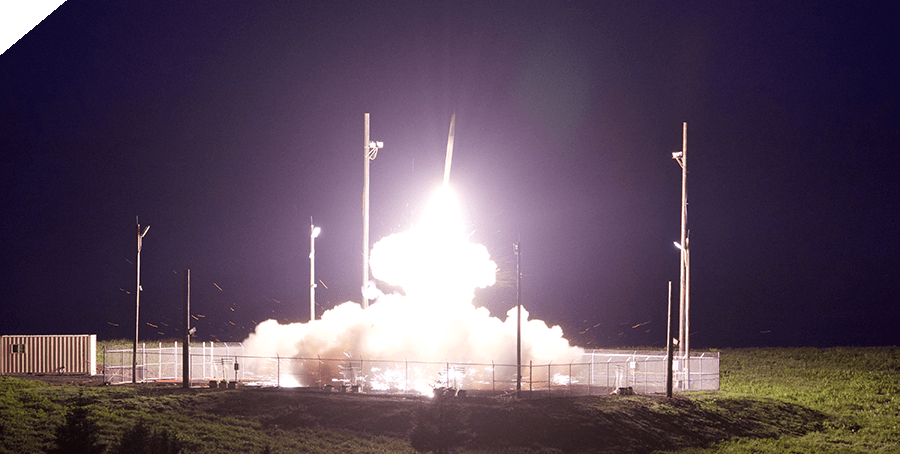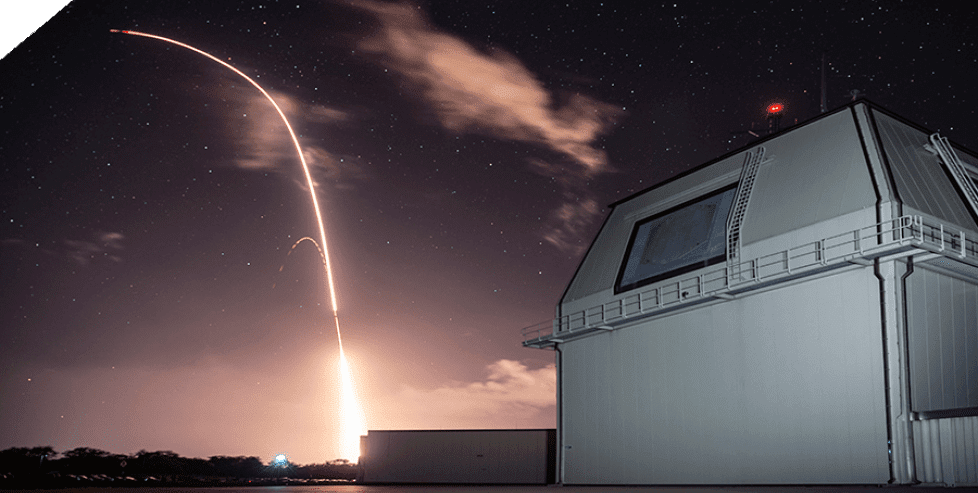
Nationwide Consulting LLC key to Long-Range Discrimination Radar in Alaska as Owners Representative on the Project
Lockheed Martin is expecting to meet its implementation goal with its unique globe-spanning solid-state Long-Range Discrimination Radar in 2020. The Long-Range Discrimination Radar that will be operational in Alaska in 2020 is on track despite the aggressive schedule, a Lockheed Martin official said at the Space and Missile Defense Symposium.
After their extensive on-site involvement in the very successful construction project, Space Fence radar installation on Kwajalein Island in the Marshall Islands, Nationwide Consultants have again been tapped as Owners Representatives on the project for the Long-Range Discrimination Radar (LLDR) onsite in Alaska.
Video: https://www.youtube.com/watch?v=vvARXf2as3A
U.S. to deploy long-range radar in Alaska to counter N. Korean, Iranian missiles
“The Missile Defense Agency awarded the contract after an intense competition to Lockheed Martin in October 2015, said Brad Hicks, Lockheed Martin’s vice president for Mission Systems and Training. “MDA went from coming up with the requirement for the LRDR to awarding the contract in less than two years, which is fairly unheard of,” Hicks added. “Now we have to deliver,” Hicks said, “which is to build a very significant radar that will last 40 years in Alaska.”
Having an Owners Representative on the project, on-site is key to the project. Robert Hansen and his team are able to take care of the small details which otherwise left unattended could throw a wrench in the project and hold the whole thing up. “The point of an Owners Representative on-site, is day to day problem solving down to the smallest detail,” Bob said, adding “many things that seem minor thousands of miles away could create a crisis at project site, we learned much on Space Fence radar installation on Kwajalein Island in the Marshall Islands, experience we bring here to Alaska.”
The 2014 National Defense Authorization Act requires Missile Defense Agency (MDA) to deploy an LRDR system to improve the U.S. defense against ballistic missile threat. An LRDR is capable of midcourse identification, classification, and discrimination of ballistic missile threats.
Video: https://www.youtube.com/watch?v=Xrcp2VRemV8
Lockheed Martin Wins Long Range Radar Contract
Roots of the Lockheed Martin Long-Range Discrimination Radar
Similar to Lockheed Martin’s Space Fence radar system, Long Range Discrimination Radar (LRDR) is a high-powered S-Band radar incorporating solid-state gallium nitride (GaN) components. The difference here is that LRDR is additionally capable of discriminating threats at extreme distances using the inherent wideband capability. The cutting-edge hardware coupled with advanced software algorithms cannot be discussed publicly at this point.
LRDR is a key component of the MDA’s Ballistic Missile Defense System (BMDS) and will provide acquisition, tracking and discrimination data to enable separate defense systems to lock on and engage ballistic missile threats. This gives a capability totally new technology that stems from Lockheed Martin’s decades of experience in creating ballistic missile defense systems for the U.S. and allied governments.
MDA MISSION
Video: https://www.youtube.com/watch?v=I9XuQ7_p1DU
How It Works: Midcourse Discrimination
The Missile Defense Agency’s (MDA) mission is to develop, test, and field an integrated, layered, ballistic missile defense system (BMDS) to defend the United States, its deployed forces, allies, and friends against all ranges of enemy ballistic missiles in all phases of flight.
- March 25, 2019 – The ‘lead’ Ground-based Interceptor is launched from Vandenberg Air Force Base, Calif., March 25, 2019, in the first-ever salvo engagement test of a threat-representative ICBM target. The two GBIs successfully intercepted a target launched from the Ronald Reagan Ballistic Missile Defense Test Site on Kwajalein Atoll.
- Dec. 11, 2018 – The Missile Defense Agency (MDA) and U.S. Navy sailors manning the Aegis Ashore Missile Defense Test Complex (AAMDTC) at the Pacific Missile Range Facility (PMRF) at Kauai, Hawaii, successfully conducted Flight Test Integrated-03 (FTI-03).
- Aug. 29, 2017 – A medium-range ballistic missile target is launched from the Pacific Missile Range Facility on Kauai, Hawaii, during Flight Test Standard Missile-27 Event 2 (FTM-27 E2). The target was successfully intercepted by SM-6 missiles fired from the USS John Paul Jones (DDG 53).
- July 30, 2017 – The U.S. Missile Defense Agency and U.S. Army soldiers of the 11th Air Defense Artillery Brigade from Fort Bliss, Texas, conducted a successful missile defense test today using the Terminal High Altitude Area Defense (THAAD) system.
- July 11, 2017 – A Terminal High Altitude Area Defense (THAAD) interceptor is launched from the Pacific Spaceport Complex Alaska in Kodiak, Alaska, during Flight Test THAAD (FTT)-18. During the test, the THAAD weapon system successfully intercepted an air-launched intermediate-range ballistic missile (IRBM) target.
Latest News:
Video: https://www.youtube.com/watch?v=sWU0pCNB-t4
Lockheed Increases Capabilities Of Its Aegis Missile-Defense System
Missile Defense Agency
MDA News Release
Homeland Missile Defense System Successfully Intercepts ICBM Target
19-NEWS-0003
March 25, 2019
The U.S. Missile Defense Agency, in cooperation with the Joint Functional Component Command for Integrated Missile Defense, U.S. Northern Command, and elements of the U.S. Air Force Space Command’s 30th, 50th, and 460th Space Wings, conducted a successful test March 25,2019 against an Intercontinental Ballistic Missile (ICBM) class target.
This test was the first salvo engagement of a threat-representative ICBM target by two Ground Based Interceptors (GBI), which were designated GBI-Lead, and GBI-Trail for the test. The GBI-Lead destroyed the reentry vehicle, as it was designed to do. The GBI-Trail then looked at the resulting debris and remaining objects, and, not finding any other reentry vehicles, selected the next ‘most lethal object’ it could identify, and struck that, precisely as it was designed to do.
The threat-representative ICBM target was launched from the Reagan Test Site on Kwajalein Atoll in the Republic of the Marshall Islands, over 4,000 miles away from the two GBI interceptors, which were launched from Vandenberg Air Force Base, California.

